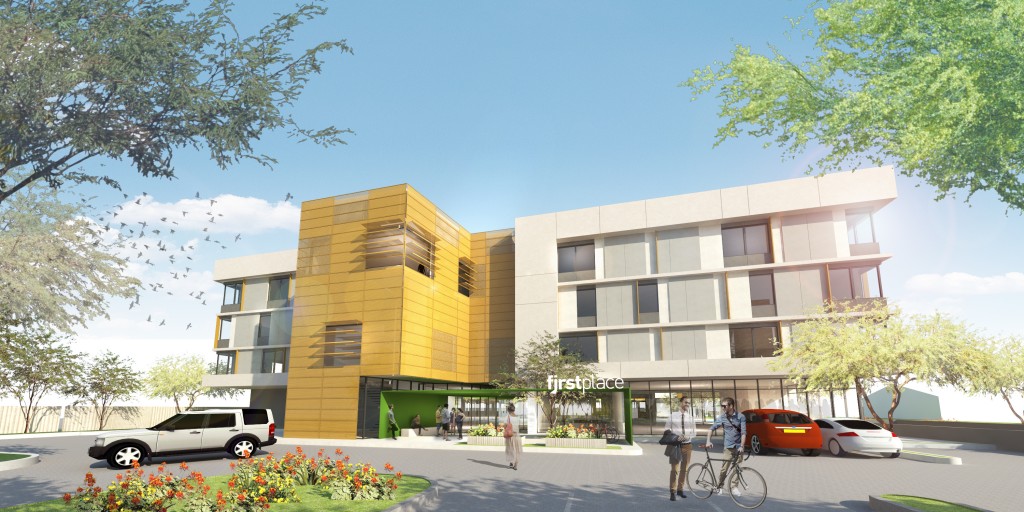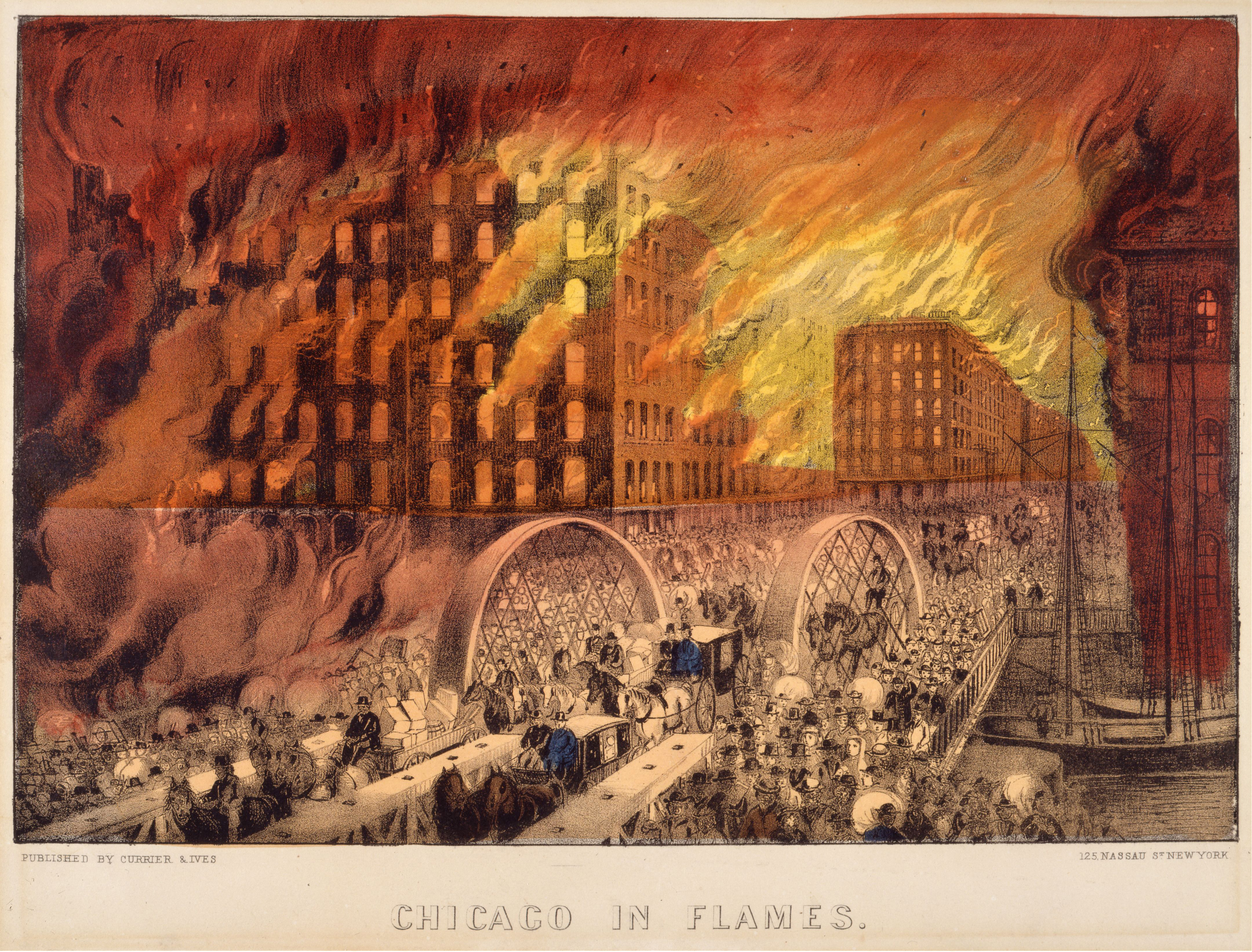April is Autism Awareness Month and a time for reflection on progress made since our son Matt’s diagnosis 23 years ago. Thankfully, much has changed since we were told to plan to institutionalize him–and much still needs to change to respond to the housing demand at our doorstep.
Matt represents a generation of more than 500,000 U.S. children with autism entering adulthood this decade. In many ways, I’ve been planning for what happens when the school bus stops coming almost from the first day it arrived. Where will he live? How will he be safe? How can we be sure he’ll be happy, healthy, productive and not sliding backwards?
The reason for my focus? Fear. Yes, this is what I have feared the most for Matt and for so many of our transitioning adolescents and adults. Fear that someone who doesn’t know them will be making decisions about their critical transitions and their futures. Fear that our options will be limited and not right for our loved ones. Fear that we will not be here to help them transition to homes away from our family homes and to a place where they can build their adult lives, continue to learn, make friends and contribute to the very community that supports them.
Enormous challenges like this one cannot be addressed alone. We must work together to create new and more innovative options bringing together all sectors—public, private and charitable.
Through the Southwest Autism Research & Resource Center (SARRC) and groundwork by extraordinary leaders from charitable groups, private industry and all levels of government, Greater Phoenix has created a supportive community unlike any other, setting the stage for what comes next: new residential options and safe, nurturing communities to call home.
During the past 16 years, SARRC, Arizona State University, the Urban Land Institute, Arizona Department of Housing and many of the most respected trail blazers in real estate have studied 100 existing residential options across the country, involved more than 100 local family members and individuals with autism in focus groups, co-hosted a national town hall that included 16 cities and evaluated new and creative approaches with leaders from all sectors across the country. Here’s what we’ve learned:
We cannot build homes for 3 or 4 people at a time and accommodate effectively for the 50,000 children with autism entering adulthood annually, in addition to affected adults aging into mid and later life.
We must take full advantage of new and significant advances in technology and design, and a generation of children with autism empowered by early intervention.
We must also separate the supportive services from the real estate ownership to maximize choice for residents, allowing them to select service providers that best meet their needs today and as they change over time.
We cannot rely exclusively on government with its dwindling resources.
We need more choices. There is not a one-size-fits-all solution.
Based on our findings, First Place AZ™ was established in 2012 to develop solutions that disrupt the current housing and services picture. As an independent sister nonprofit to SARRC, First Place is focused on community and property development with the mission of empowering people with autism and other special abilities to thrive, through homes, jobs, friends, lifelong learning and a supportive community.
Our first model mixed-use residential property, First Place-Phoenix, is set to break ground this year. Sited in the heart of the city, property residents and students will enjoy all the benefits of urban life: public transportation, employment, health care, life long education, recreational opportunities and diversity. Importantly, First Place is not congregate care, assisted living, a licensed facility or a medical home. It’s also ‘disability agnostic.’ It’s about matching the interests and needs of individuals with the right property location, design and amenities. It’s about making for a good place to live – all the things Home Matters speaks to – for every American.
First Place-Phoenix includes the First Place Apartments for residents, a Transition Academy for students, and a National Leadership Institute for the training and education of direct support providers and health care professionals, as well as a home for research, including graduate and doctoral fellows from ASU and Teach For America alumni. All intentionally brought together to foster a sense of community and belonging and a place where adults with autism or other special abilities can thrive.
Residents may lease the 50 studio and one- and two-bedroom First Place Apartments, which are supported by a portfolio of independent living services and property amenities that support greater independence, safety, security, health and wellness, smart home technology, community connections and all the comforts of home. The Transition Academy represents a two-year tuition-based program empowering young adults with independent living, career readiness and interpersonal skills. Residents are not required to participate as students in the Transition Academy; however, students may choose to become Apartment residents following completion of their program.
“We have an enormous opportunity to create more choices that enable adults with special needs to live with others who share their interests, including those with and without disabilities.”TWEET THIS
Together we must advocate for more options that are person-centered and based on individually defined preferred settings, support needs and meaningful life goals. We need more options so individuals and their families have more choices for what works best for them. We have an enormous opportunity to create more choices through service and program offerings, price points, amenities and opportunities that enable adults with special needs to live with others who share their interests, including those with and without disabilities. It’s time to pioneer approaches focused on market segments and matching of residential offerings and supportive services with demand across North America.
Since Matt’s high school graduation, we’ve worked hard to fill 168 hours weekly. Thanks to SARRC’s Rising Entrepreneurs Program, Matt is the proud lead baker of SMILE Biscotti®, which stands for Supporting Matt’s Independent Living Enterprise. In just over two years, Matt has increased his work stamina from 60 minutes to 6 hours, engaged 6 co-workers and sold more than 125,000 biscotti.
Consider the power of hope, of setting our sights on a future we work for, save for and that we don’t fear. Consider what we can do as a good neighbor, in our places of work and worship, and through our civic and nonprofit organizations to help people like Matt and all our kids live, work, play and succeed as valued members of our society.


